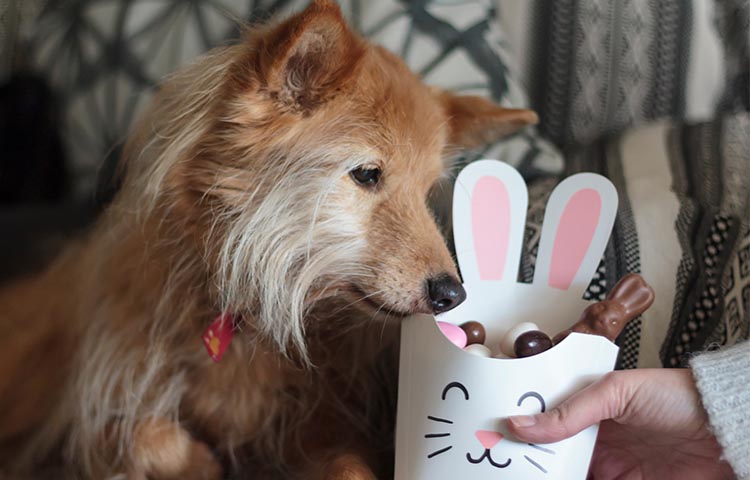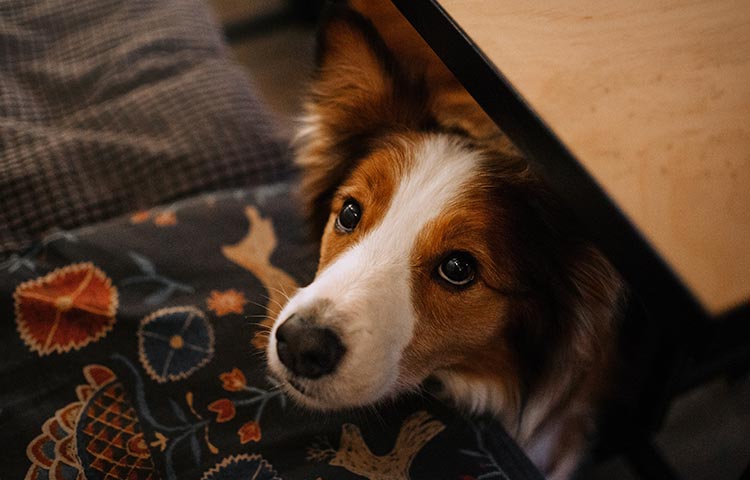Protect your pets: Common toxic plants to avoid
Discover how to identify toxic plants and recognise signs of pet poisoning.
Read more17 April 2025
Easter is a joyful time filled with chocolate, hot cross buns, and family gatherings – and for many Kiwi households, curious pets are getting into mischief.
While kids are off hunting for chocolate eggs and the Easter Bunny does its rounds, vet clinics across the country often see a spike in emergency visits. That’s because popular Easter treats and plants can be dangerous – even deadly – to cats and dogs.
Here’s what you need to know to keep your pet safe this Easter.
Chocolate contains two ingredients that are toxic to pets: caffeine and theobromine.
Theobromine is difficult for dogs and cats to metabolise, meaning it builds up in their system and can lead to severe poisoning. The darker and purer the chocolate, the more dangerous it is:

“Baking chocolate has the highest concentration of theobromine, followed by dark and semisweet chocolates,” says Dr Cath Watson, president of NZVA’s Companion Animal Society. “Even chocolate-flavoured cakes and cookies should be kept well out of reach.”
Although cats are less likely to be interested in chocolate, the danger still exists – especially with curious kittens.
There is no safe amount of chocolate for pets. If your pet has eaten any chocolate, contact your vet right away. Symptoms of chocolate toxicity can take up to 12 hours to appear and include:
Never try to induce vomiting yourself, always speak to your vet first. Try to stay calm, as your pet can pick up on your anxiety and stress.

Hot cross buns often contain sultanas, raisins, or currants, which are all highly toxic to cats and dogs. Ingesting even a small amount can cause:
And it’s not about size. A single grape is known to cause kidney failure in even large dog. Call your vet immediately if your pet eats one – don’t wait for symptoms.

If you’re baking hot cross buns at home, beware of proving dough. Yeast can ferment in your pet’s stomach, causing painful bloating and even life-threatening torsion (bloat), which can result in emergency surgery.
If you’re cooking an Easter roast dinner, some safe pet-friendly options include:

Easter can bring hidden dangers for pets, so follow these key tips to keep your furry friends safe:
Instead of hiding chocolate eggs where curious pets might find them, try this fun and safer idea:
It’s a fun twist for the kids, and it keeps the chocolate safe and sound until it’s time to enjoy.